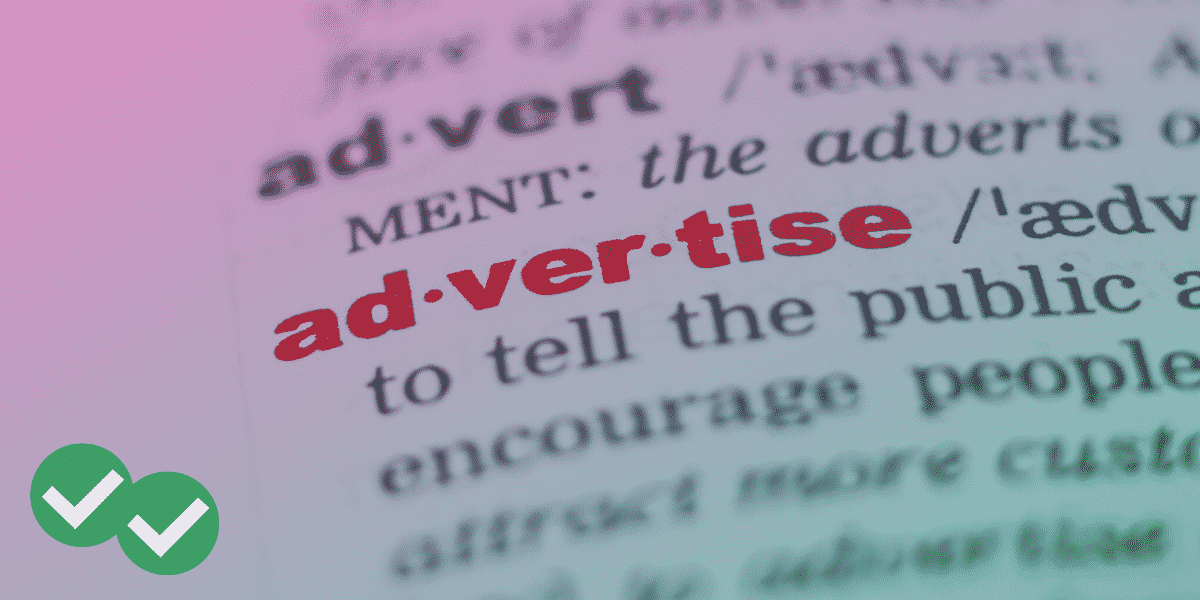Yesterday, I answered an email from a Magooshe student. They wanted to know a little bit more about the two common meanings of “yet.”
Using “Yet” to Describe Time Frames
One the meanings of “yet” relates to time. Often, “yet” describes things that will happen, but have not presently happened. For example, suppose your birthday is next month. If someone says “happy birthday” to you right now, you could say, “It’s not my birthday yet.
“Yet” can also be used to refer to things that have already happened, but had not happened at a specific time in the past. You can use “yet” in this way when you want to describe what things were like in the past. For instance, when I describe my own early childhood, I sometimes say “We didn’t really use email, because broadband Internet had not been invented yet.” (I was born in 1979.)
“Yet” is used very commonly as a time word in conversational and informal English. This is the type of everyday English you come across in popular music, TV, and casual conversation.
“Yet” as a Conjunction: A Substitute for “But” or “However”
But “yet” has another meaning—it can be used to mean “but,” or “however.” This use is not quite as common as the use of “yet” as a time word. But using “yet” as a substitute for “but” or “however” is certainly not uncommon. In fact, it is quite common in formal academic writing, the kind you often see in the academically oriented TOEFL exam. (Also, those of you who are studying for the GRE as well as the TOEFL may recognize yet as a “shift word”—a word that introduces a contradiction or complete change in tone.)
So let’s look at two examples of “yet” being used in this way. In my examples, I’ll use TOEFL-like sentences that you might see in a passage on the exam:
- Steel is an ideal metal to use in cables on suspension bridges, as this alloy is incredibly strong yet also flexible.
- In places that get a warm yet not entirely dry summer, you will hear people complain that the weather is too scorching an dusty one week. Yet, you will also hear people complain that it is too hot and humid the next week.
“Yet” is used this way in formal English speech as well as writing. This is especially true in formal “teacher talk” such as professor’s lectures. And do you like to watch English language TV and movies? If so, you may have also heard this use of “yet” in courtroom dramas. In fiction and in real life, professors, lawyers, and other highly educated people love to use “yet” this way to make their arguments sound smart and serious.
For example, a lawyer interrogating a witness might say “You claim you clearly saw the defendant at the scene of the crime, yet you admit you were not wearing your prescription eyeglasses at that time.”
One final note on “yet” as a substitute for “but” or “however.” When “yet” is being used as a substitute for “but” or “however,” “yet” can be preceded by the word “and.” At the same time, “but” or “however” cannot be preceded by “and” in the same kind of sentence. So for example, you can say that “steel is strong and yet flexible.” But you can’t say “steel is strong and but flexible.” Not can you say “steel is strong and however flexible.” Instead, you need to use the phrase “strong but flexible” or “strong, however flexible.” The same is true of any of the example sentences above.
The Takeaway
So there are basically two common uses of “yet.” This word is most commonly used to describe time, but is also used relatively commonly to contrast two ideas or two things. The contrasting use of yet is more formal and less common. And yet, you are equally likely to see either use of yet on test day. This is because the TOEFL has more formal English than informal English.





